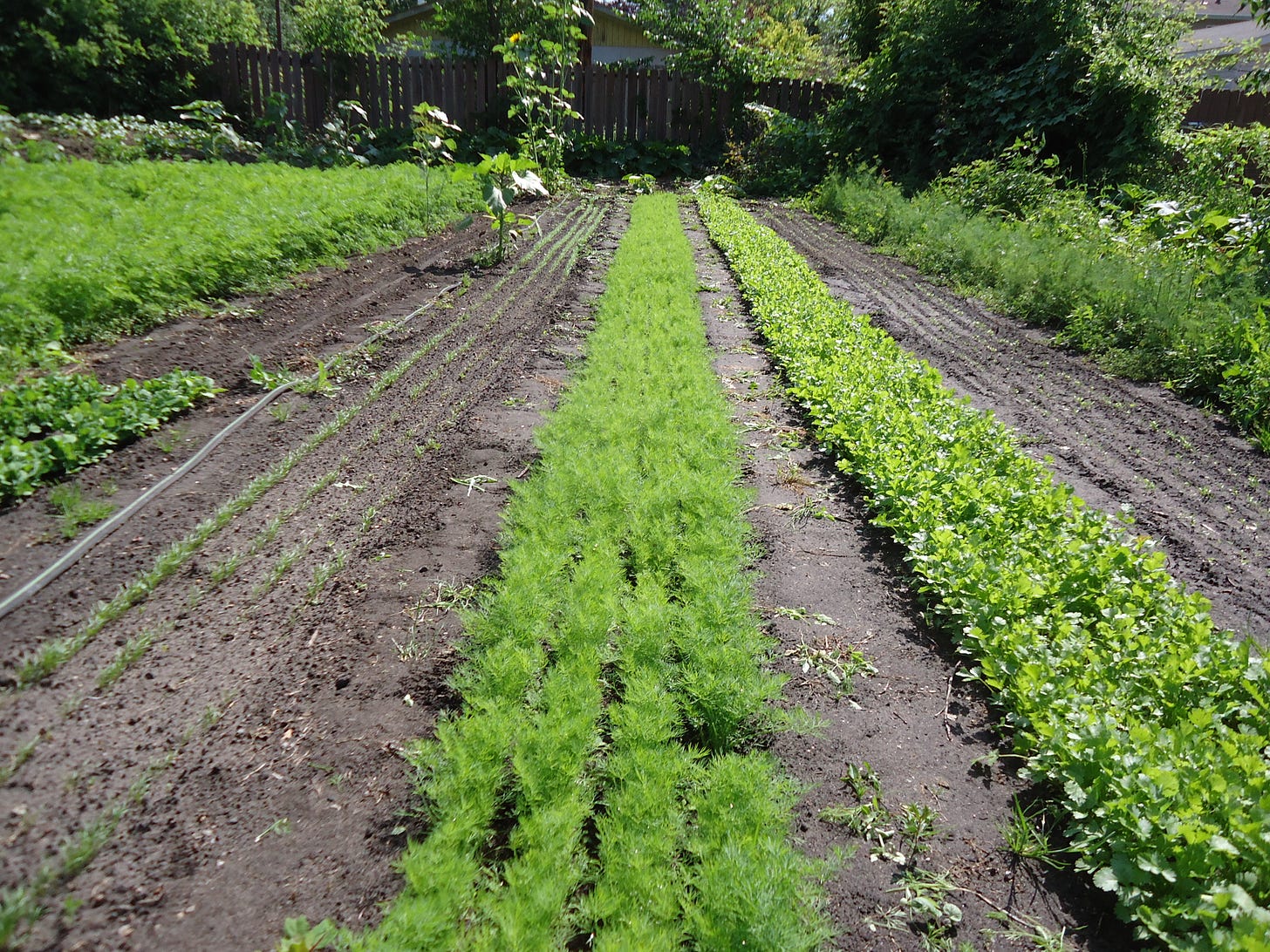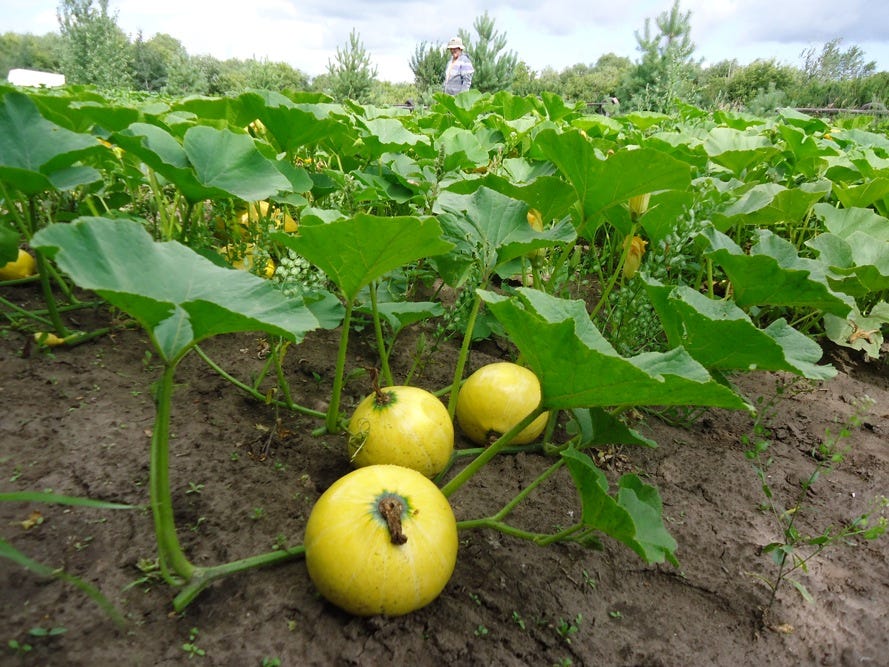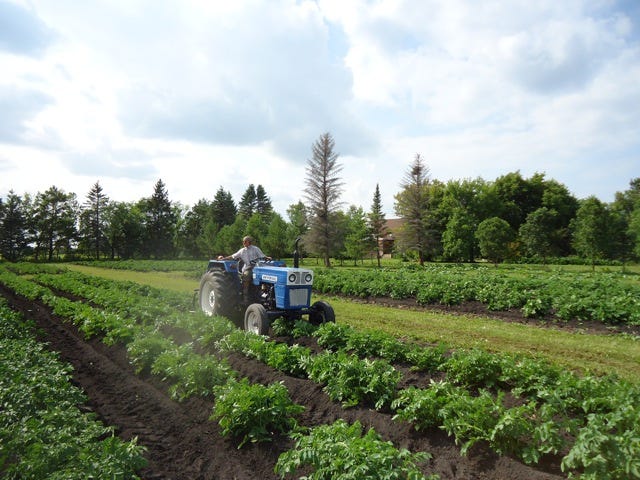SPIN Farming Lexicon: Essential Terms for the Small Plot Intensive Farmer
SPIN Farming has its own unique language. Understanding these terms is key to mastering the advanced concepts and techniques that make this approach so efficient and productive. Here’s your guide to navigating the essential terms you’ll encounter when working alongside seasoned SPIN farmers.
Core Area Terms
Segment: A standard area of 1,000 square feet used to measure production spaces in SPIN farming. This becomes the base measurement for planning, managing crops, and calculating yield potential.
Sub-segment: Any area smaller than 1,000 square feet, often measured as a fraction of a segment, like a ½ or ¼ segment. Sub-segments are helpful for managing smaller, specialized plots within your farm.
Crop Value Categories
SPIN farming classifies crops by their revenue potential per segment. These categories help farmers focus on the most profitable crops for limited space:
Extremely High-Value Crop: Also known as a Category 1 crop, this generates over $3,000 gross per segment. These crops are ideal for maximizing income from small areas.
Very High-Value Crop: Known as a Category 2 crop, these generate between $2,000 and $2,999 gross per segment. They’re highly profitable but less so than Category 1.
High-Value Crop: Category 3 crops generate $1,000 to $1,999 gross per segment. These crops are profitable staples within a SPIN farm model.
Low-Value Crop: Category 4 crops yield under $1,000 gross per segment. While less profitable, they may still serve as complementary crops in a diversified farm setup.
Walkway Widths and Bed Arrangements
Efficient walkway spacing is crucial for maximizing growing area within a segment. Each width type directly affects the number of standard beds you can fit within a segment:
Standard Walkway: A 12-inch-wide path between beds. This allows for 13 standard beds per segment, balancing access with growing space.
Narrow Walkway: A 6-inch-wide path. This narrower path increases the number of beds to 16 per segment, maximizing planting area for intensive cultivation.
Wide Walkway: A 2-foot-wide path, suitable for areas needing more access. It accommodates 10 beds per segment and is ideal for slightly larger operations or heavier foot traffic.
Extra-Wide Walkway: A 3-foot-wide path that allows for 8 beds per segment. Extra-wide walkways suit plots with heavier tools or multiple workers.
Super-Wide Walkway: A 4-foot-wide path that reduces the number of beds to 6 per segment but allows maximum access for larger tools or machinery.
The more familiar you become with this SPIN Farming Lexicon 2.0, the clearer and more intuitive these concepts become. Before long, you’ll find yourself thinking, planning, and executing your farm’s layout just like an experienced SPIN farmer.







